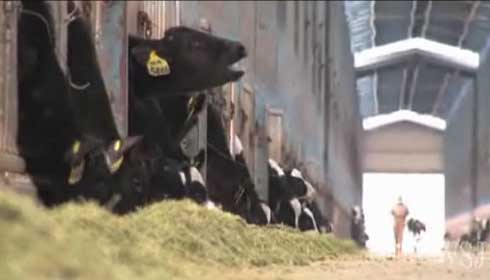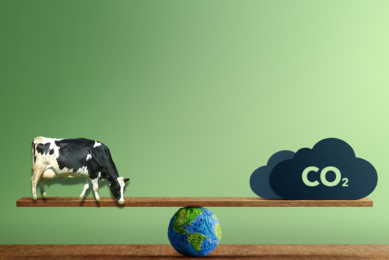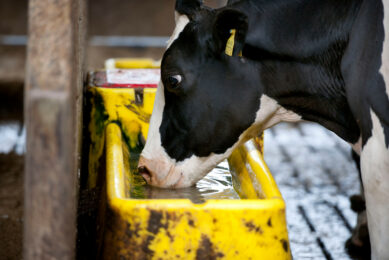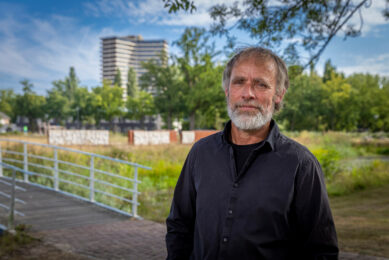Global cattle drive bound for China (with video)

In one of the largest transoceanic cattle drives in history, as many as 100,000 heifers from Uruguay, Australia and New Zealand will board multistory cattle-carrying ships this year—bound for China The Wall Street Journal reports.
The global roundup is a key part of China’s effort to satisfy growing domestic demand for milk and remake its dairies after a deadly tainted-milk scandal in 2008 devastated production and caused distrustful consumers to turn to imported milk.
China’s dairy industry has a long way to go: Chinese cows are only half as productive as their American cousins. But just as it built up dominance in electronics, textile and toy manufacturing, the Chinese government has set its sights on becoming a dominant milk producer.
It has set production goals, created tax and other financial incentives for big dairy producers and encouraged foreign investors to come in with capital and technology. And it is buying up high-producing foreign cows by the boatload.
Price mover
Since 2009, China has become the world’s most important buyer of dairy cows, driving up prices for calves world-wide and putting pressure on other markets such as alfalfa and bull semen.
China has imported nearly 250,000 live heifers since 2009 according to data tracker Global Trade Information Services. Last year it spent more than $250 million on 100,000 foreign heifers, about 25 ships worth.
Some farmers in countries that are exporting their prized heifers worry that in coming years China could go from customer to rival in the global milk market.
"It’s building the herds of our competitors," says Nick Renyard, owner of a 550-head dairy in Victoria State, Australia. "It’s like selling the family silver, you can only do it once."
China Modern Dairy
The cow pipeline is expected to stay full for several more years as Chinese dairies try to meet government production targets that could eventually wean the country from imported milk.
"We have to solve our dairy problem ourselves," says Deng Jiuqiang, the millionaire founder and chairman of China Modern Dairy, which has quickly become the country’s largest milk producer.
Modelled on America’s biggest dairies, Modern Dairy has 15 industrial farms and another four under construction.
The company now has 128,759 head of cattle and is importing about 22,000 more per year until it reaches its goal of 300,000, including imports and breeding, around 2015.
Modern Dairy, which benefits from government subsidies and tax incentives, received critical funding from US private-equity firm KKR & Co., along with several other investors, which put $150 million into the company.
KKR stationed two full-time consultants on its farms, advising on, among other things, the best mix of fodder to feed cows to maximize production.
"China has a short history of dairy. I’m confident we can be doing as well as the US," Deng says.
Modern Dairy, like other big Chinese dairy farms, enjoys substantial state support. The company received government subsides of $7.6 million in 2010 and 2011, most of which was earmarked to purchase cows, according to company securities filings. (It set aside $113 million from its 2010 initial public offering to purchase heifers.)
"The local government is very supportive," says Chief Executive Gao Lina, a former government official and Communist Party member. The government provided the land and gave 3,000 yuan ($475) per cow. As an agricultural producer, the company pays no income taxes.
Deng says the future of his business isn’t the milk, but the cows. In 2015 when Modern Dairy’s farms are fully populated, he plans to start selling the offspring to other farms.
"Our goal is to renew the biological capital," he says. "It’s more profitable to sell the cows than the milk."
Read full article in WSJ
| Video on China Modern Dairy by WSJ reporter Angela Yeoh |











